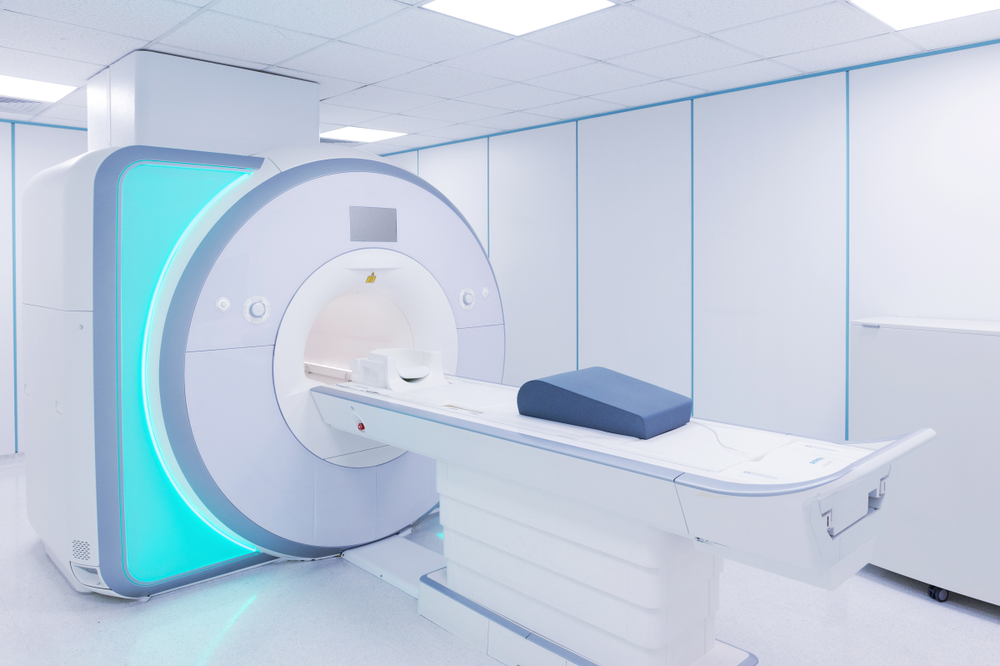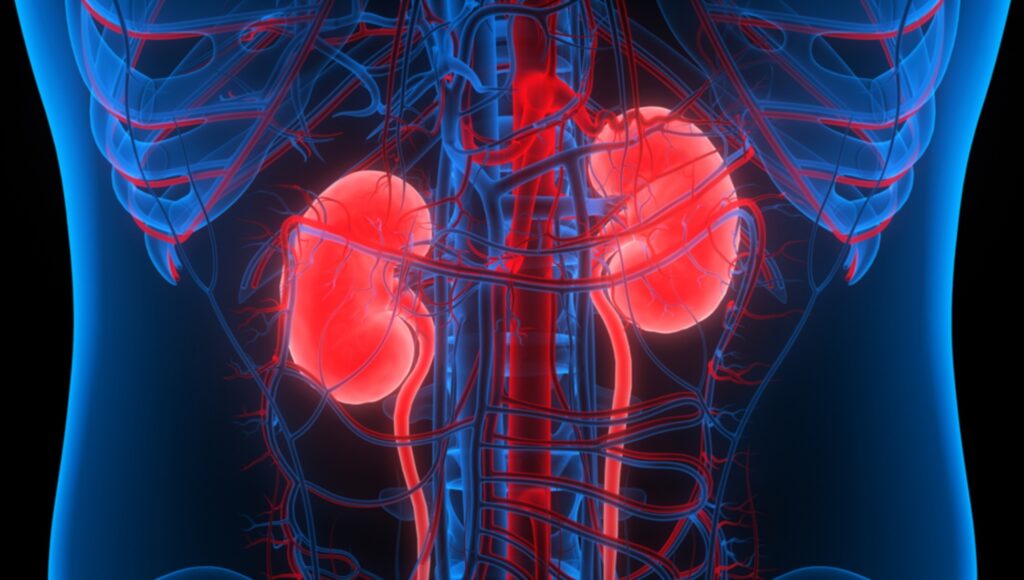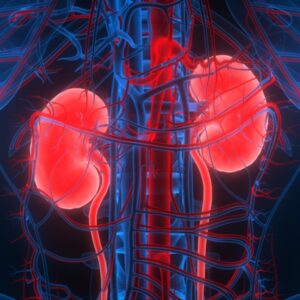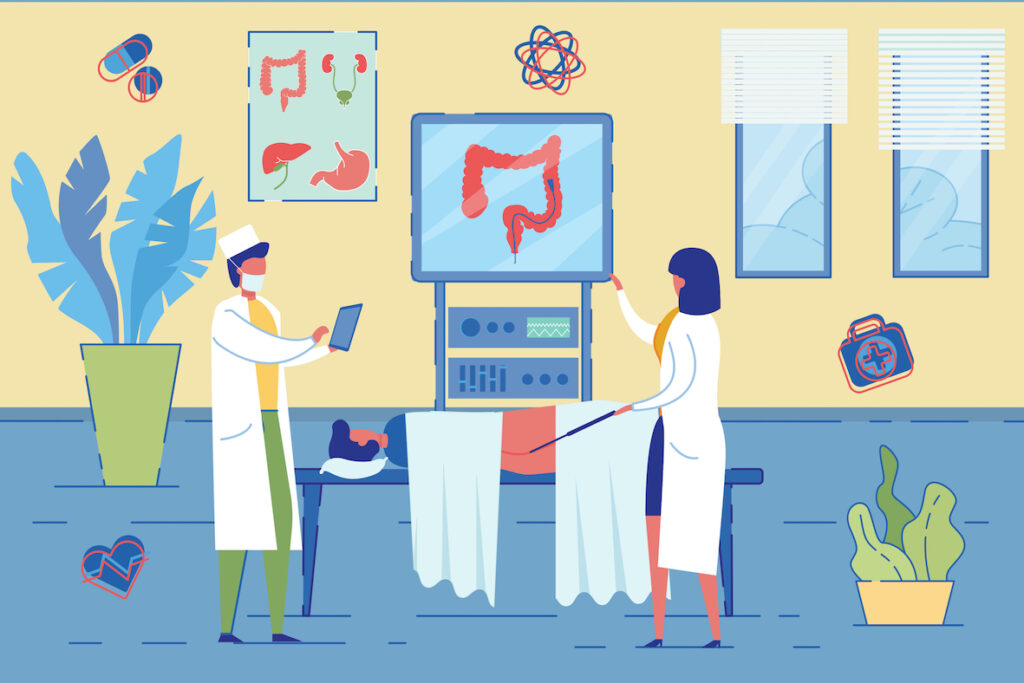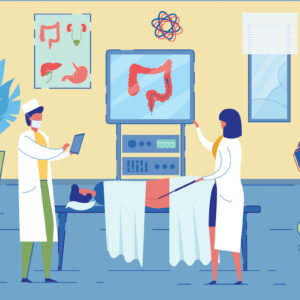Who should undergo bone density testing?
The decline in activity of bone-building cells with age increases the risk of osteoporosis. In addition, the following individuals are considered high-risk and are advised to seek professional medical advice and undergo bone density testing to address the issue as soon as possible and minimize the negative impact of osteoporosis on daily life:
- Elderly individuals
- Females (especially those aged 50 and above or postmenopausal): Females have a higher incidence of osteoporosis compared to males, particularly after menopause due to the cessation of estrogen production
- Individuals with a family history of osteoporosis
- Individuals with small body frame or being underweight
- Individuals engaging in unhealthy lifestyle habits such as smoking, inadequate calcium intake, insufficient vitamin D, lack of weight-bearing exercise, excessive alcohol consumption, excessive sodium intake (salt), excessive caffeine intake (e.g., milk tea or coffee)
- Individuals with underlying medical conditions such as endocrine disorders (e.g., hyperthyroidism) in females, premature menopause due to chemotherapy, radiation therapy, or surgery leading to estrogen deficiency, low testosterone in males, rheumatoid arthritis
- Individuals with long-term use of high-dose corticosteroid medications
骨質密度檢查方法
Osteoporosis often does not have any symptoms, but if severe, it can lead to fractures. Therefore, early diagnosis and detection of the condition can help prevent complications such as fractures. Conducting a self-risk assessment can help determine if you belong to the high-risk group. If your risk is high, it is recommended to seek professional medical advice and undergo formal bone density testing. There are several methods of bone density testing available, all of which are safe, painless, fast, and accurate.
-
Quantitative Ultrasound (QUS)
Ultrasound is a quick and convenient method used to measure bone density. It is typically performed on fingers, toes, and knee bones. However, ultrasound testing still has its technical limitations and is currently used as a screening method or for preliminary assessment, rather than a definitive diagnostic tool.
-
Dual-Energy X-ray Absorptiometry (DEXA/DXA)
This method is widely recognized as the gold standard for bone density testing in the medical field. It measures bone density in areas such as the lumbar spine or hip. Bone density testing, also known as DEXA/DXA, utilizes two different energy X-rays to analyze the bone mineral density (BMD) of the lumbar spine and hip, detecting the extent of bone loss in the body. The radiation exposure during the examination is very low, approximately one-tenth of a chest X-ray. The entire process is safe, painless, and fast, taking only about 10 minutes. This is the most commonly used method for diagnosing osteoporosis.
-
Blood Tests
If a patient is diagnosed with osteoporosis, blood tests can be conducted to identify the underlying causes. Common blood tests ordered by doctors may include complete blood count, liver function, creatinine, calcium levels, phosphorus levels, thyroid hormones, fasting blood glucose, lipid profile, uric acid, and vitamin D levels. However, blood tests alone cannot confirm the presence of osteoporosis.
How to Interpret the Test Results? What are T-Score and Z-Score?
DEXA test results are expressed in terms of T-Score and Z-Score.
T-Score
Doctors compare your bone density measurement to the optimal or peak bone density of a healthy adult of the same gender at the age of 30. This comparison generates a value known as the T-Score. A T-Score of 0 means your bone density is equal to the average value of healthy young adults. The difference between your bone density and the average bone density of healthy 30-year-olds is expressed in units of standard deviation (SD). If the T-Score is below 0, it is represented as a negative number. The larger the negative value in standard deviations, the lower your bone density and the higher your risk of future fractures.
If the T-Score is between +1 and -1, it indicates normal or healthy bone density. If the T-Score falls between -1 and -2.5, it suggests low bone density, but not yet at a level to be diagnosed as osteoporosis. A T-Score of -2.5 or lower is considered diagnostic for osteoporosis, and the greater the negative value, the more severe the condition.
The World Health Organization classifies osteoporosis based on bone density levels:
| Normal | Bone density is within 1 standard deviation (SD) of the average bone density of healthy young adults (+1 or -1). |
| Low bone mass | Bone density is more than 1 to 2.5 standard deviations below the average bone density of healthy young adults (-1 to -2.5). |
| Osteoporosis | Bone density is 2.5 standard deviations or more below the average bone density of healthy young adults (-2.5 or lower). |
| Severe (established) osteoporosis | Bone density is 2.5 standard deviations or more below the average bone density of healthy young adults and there has been at least one or more osteoporotic fractures. |
Z-Score
Doctors compare your bone density to the average bone density of individuals of the same age and gender. The resulting value is known as the Z-Score. Since bone density tends to decrease with age in adults, comparing your bone density to that of individuals of the same age can sometimes be misleading. Therefore, doctors primarily use the T-Score to diagnose osteoporosis or low bone mass. However, the Z-Score also has some utility as it helps in identifying whether bone loss is due to other underlying conditions.
Low Bone Mass vs. Osteoporosis
Having low bone mass does not mean you have osteoporosis. Low bone mass is an important risk factor for osteoporosis and fractures, but not all individuals with low bone mass will develop osteoporosis. In the T-Score classification, a T-Score between -1 and -2.5 indicates low bone mass, whereas a T-Score of -2.5 or lower indicates osteoporosis.
If you have low bone mass but the severity has not reached the level for a diagnosis of osteoporosis, it is referred to as “osteopenia.” Factors contributing to low bone mass include:
- Genetic factors
- Low body weight
- Having a condition that adversely affects bone health or being on medications that negatively impact bones due to treatment for certain diseases.
Price for Bone Density Checks
| 機構 | 檢查項目 | 價錢(HK$) |
| The Family Planning Association of Hong Kong |
|
|
| Hong Kong Well Men Centre | Bone Density Check | $850 |
| Hong Kong Well Women Centre | Bone Density Check | $850 |
| Hong Kong Adventist Hospital – Tsuen Wan | Bone Density Check | $800 – $1200 |
| Gleneagles Hong Kong | Osteoporosis Screening Program:
Endocrinologist Consultation and Clinical Examination + Blood Pressure, Height, Weight, Body Mass Index, Waist and Hip Circumference Measurement + Blood Tests (Complete Blood Count, Liver Function: Aspartate Aminotransferase, Alanine Aminotransferase, Alkaline Phosphatase, Total Bilirubin, Gamma-Glutamyl Transferase, Albumin, Kidney Function: Sodium, Potassium, Chloride, Blood Urea Nitrogen, Creatinine, Electrolytes: Calcium, Phosphate, Thyroid Function: Thyroid Stimulating Hormone, Free Thyroxine, Others: 25-Hydroxy Vitamin D) + Dual-Energy X-ray Absorptiometry (Bone Density Measurement) |
$4300 |
| Medtimes medical group | Senior Health Check-up: Dual-Energy X-ray Absorptiometry (Lumbar Spine and Femur) + Basic Physical Examination + Stool and Urine Routine Tests + Fecal Occult Blood Test + Cardiac Examination + X-ray Examination + Blood Typing + Blood Lipids + Complete Blood Count + Diabetes + Hepatitis A and B Tests + Liver, Kidney, Thyroid Function + Gout + Rheumatoid Arthritis + Report Interpretation | $1800 |
| Union Imagine & Healthcheck Centre | Bone Density Check:
Osteoporosis and Bone Density Screening, Bone Density |
$690 |
| HKBH Ambulatory Medical Centre | Bone Health Check-up: Doctor Consultation + Physical Examination + Uric Acid Test + Inflammation Test + Rheumatoid Arthritis Test + Dual-Energy X-ray Absorptiometry (Lumbar Spine and Hips) | $1300
(+ Blood Test – Calcium and Phosphate: $140) (+ Blood Test – Vitamin D: $480) |
| CUHK Medical Centre |
|
|
| Quality HealthCare | Detailed Medical History Inquiry + Physical Examination + Blood Tests (Complete Blood Count, Liver Function, Thyroid Function, Calcium, Phosphate, Vitamin D) + Bone Density Check (Spine and Femur) + Doctor’s Explanation Report | $1800 |


